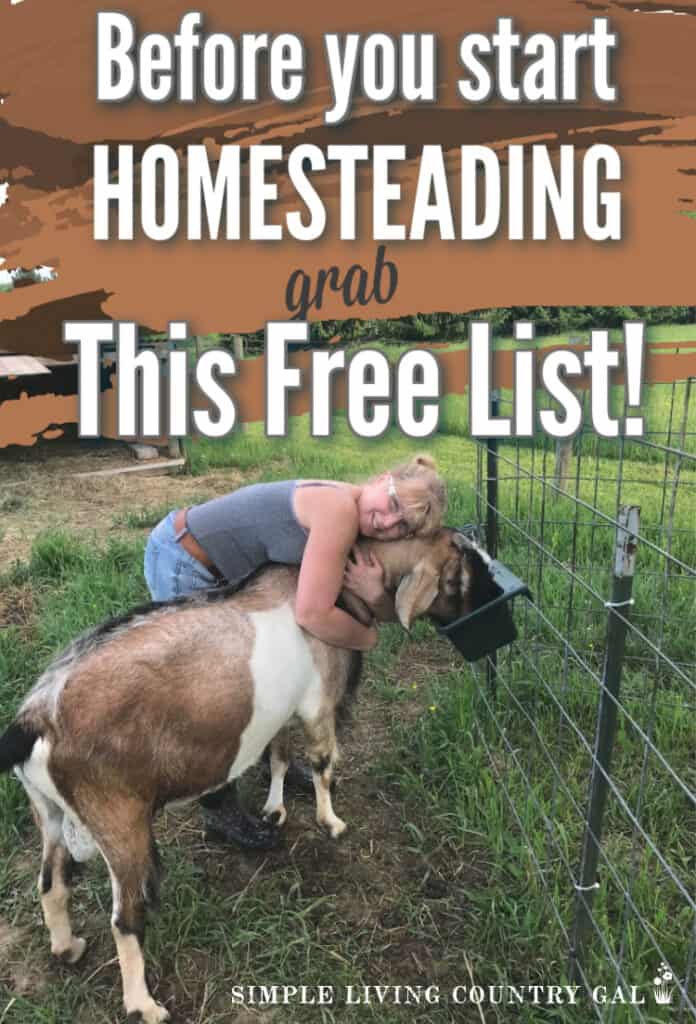Checklist for starting a homestead
Are you dreaming of the perfect homestead? Maybe you have been wanting to simplify your life, but you weren’t sure where or how to start. This checklist for starting a homestead will help.
Get homestead tips that will benefit both you and your family.
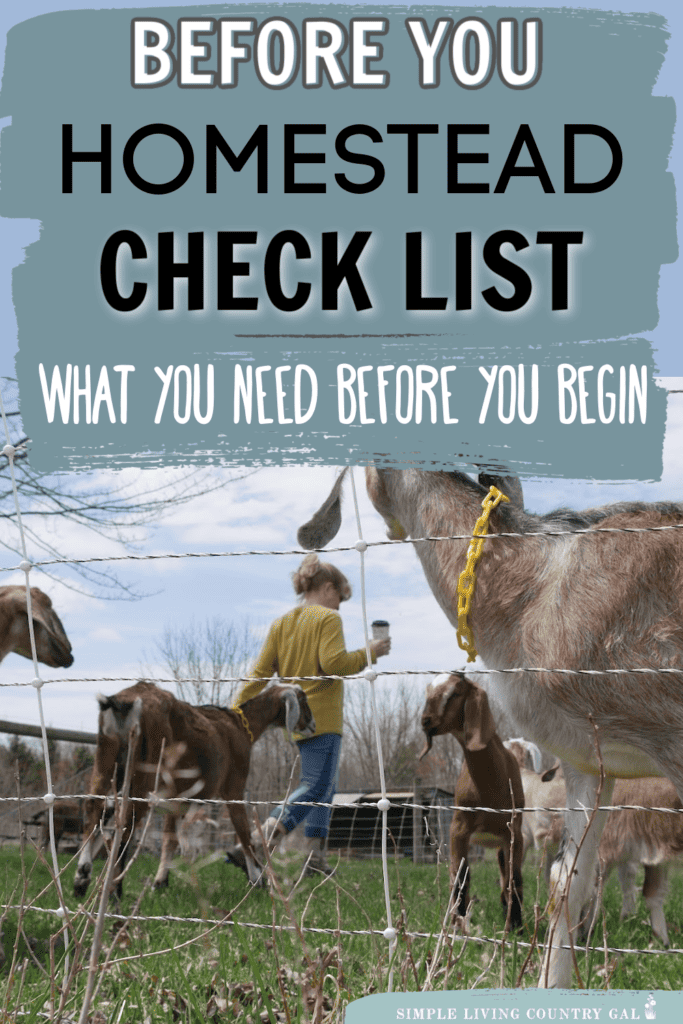
Starting a homestead is an exciting venture, but there is also a lot of preparation that needs to be done before this dream can become a reality. This checklist will help ensure that all your bases are covered so you can begin your homesteading journey on the right track from day one.
What does homesteading mean?
Homesteading means living a life of self sufficiency. To put it simply, it means growing and raising as much food as you can so you are less reliant on stores. I also means making do with the things you own instead of replacing them when they wear out. And finally, homseteading is the act of living within your means and spending only when necessary.
What you need to do to prepare for a homestead?
Homesteading is a change in how you live, which means you will want to have a plan so you are slowly adapting to this new way of life without getting overwhelmed. From preparing your mindset, your approach to what you buy, even how you live your day to day. Homesteading is the process of doing more at home in a self-sufficient way.
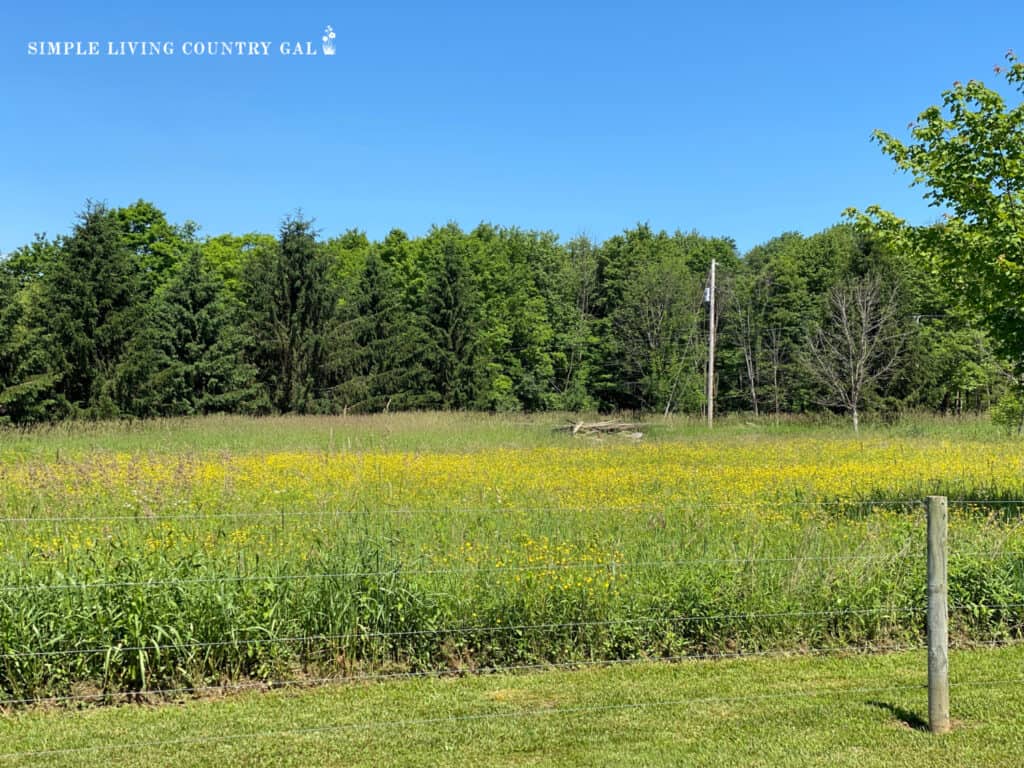
10 Steps to Preparing and Starting a Homestead
Creating a plan for your homestead is essential to success. This includes deciding which animals and crops you want to have and figuring out how much land you need. Do some research and create a budget that you can stick to. A detailed plan of action will help keep you organized and on track. Let’s break it down.
#1. Research Local Laws & Regulations
Make sure you take the time to research your local laws and regulations before getting started with homesteading. This will ensure that you are compliant with any zoning, building guidelines, or other restrictions in your area.
#2. Set a Budget
It can be tempting to want to do all the things when starting a homestead, before you do know what your budget is so you can focus on one area at a time.
List the an amount you are comfortable investing in each area of homesteading. A few ideas are:
- Gardening
- Food preservation
- Raising chickens and ducks
- Raising dairy animals
- Raising meat animals
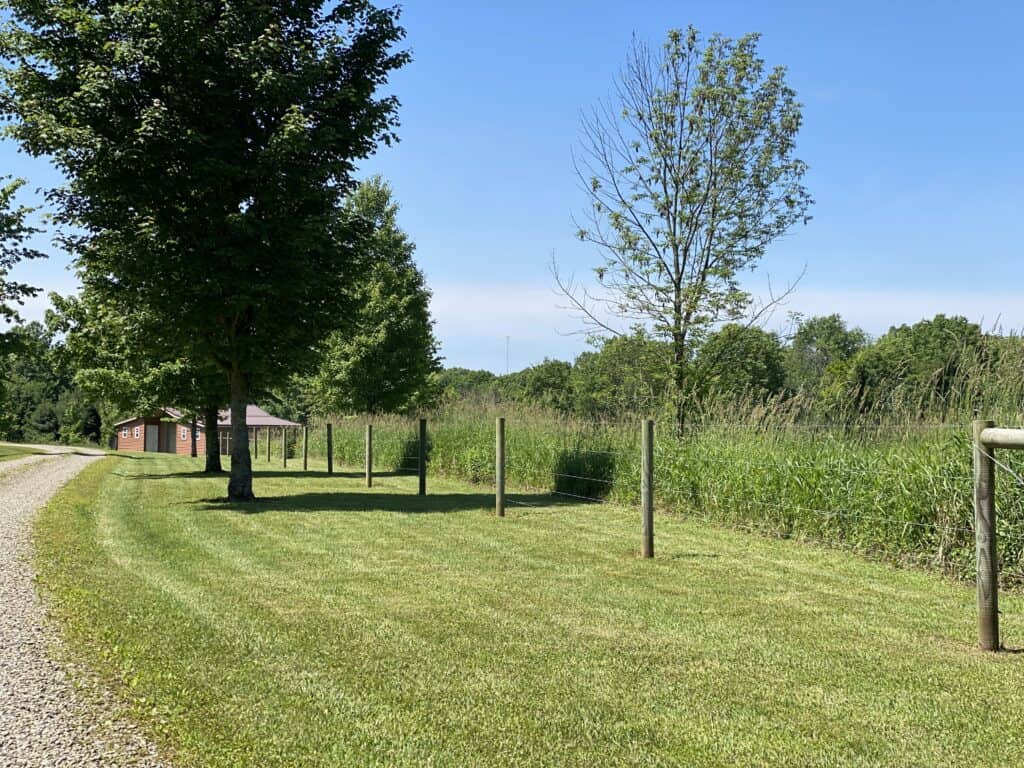
More often than not, using the money you have saved will be your only financing for this change in lifestyle. If you plan to look for outside help, do research and see if there are any options for loans or grants in your area.
#3. Select a location
You will next want to choose where to start each homesteading task. Do not worry if you have enough land for all the things you hope to do. You would be surprised at how intricate of a homestead you can setup and run on one acre.
Make a list of the homestead you hope to have along with an overview rough map of your land. Working down the list mark in where you can house each part keeping in mind the nature that is in each area.
So, for example, look to put your garden in an area that gets enough sunlight for things to grow.
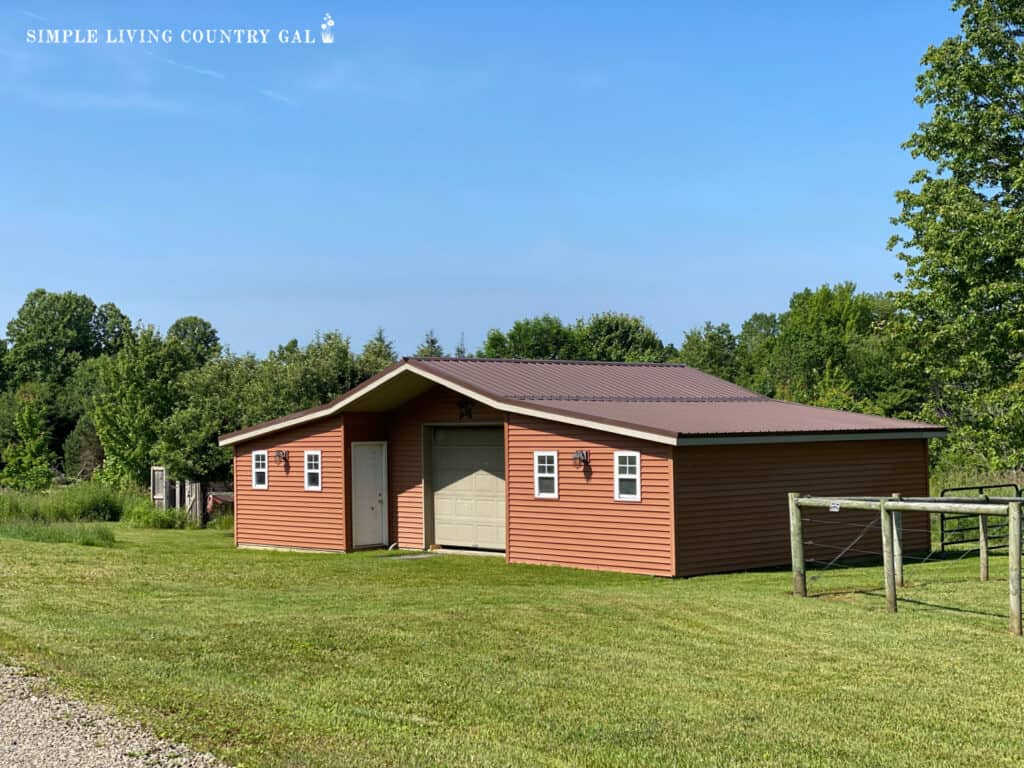
#4. Plan Out Buildings & Structures
Design and plan out what types of buildings and structures you will need for your homestead. Make a list under each homestead section so you can better organize using what you already have efficiently.
Here are a few ideas:
- Summer Garden – You will need enough open land to grow the sized garden you plan to have. You may also want to have a garden shed to hold tools and a greenhouse to extend your growing season.
- Chickens and Ducks – You will need a coop and enough area for an enclosed outside run.
- Livestock – You will need shelter and enough pasture for everyone to graze on.
5. Purchase Necessary Supplies
Make a list of supplies you will need for each area of your holmestead. Try to order each list from most important down. Buy the necessary supplies for your homestead looking at used options to help save money. Be sure to consider any farm equipment, fencing, labor, seeds, tools, etc.
6. Plant Crops & Raise Livestock
Start planting crops and raising livestock on your homestead. You may find it helpful to make an annual plan as there are times of the year when beginning different areas make more sense.
Here are a few examples:
- Summer Garden – Start in early spring.
- Chickens and Ducks – Get chickens/ducklings in late winter for eggs in the summer.
- Livestock – Get after winter so they can graze on pasture and save money on feed.
This is a key component of running a successful homestead.
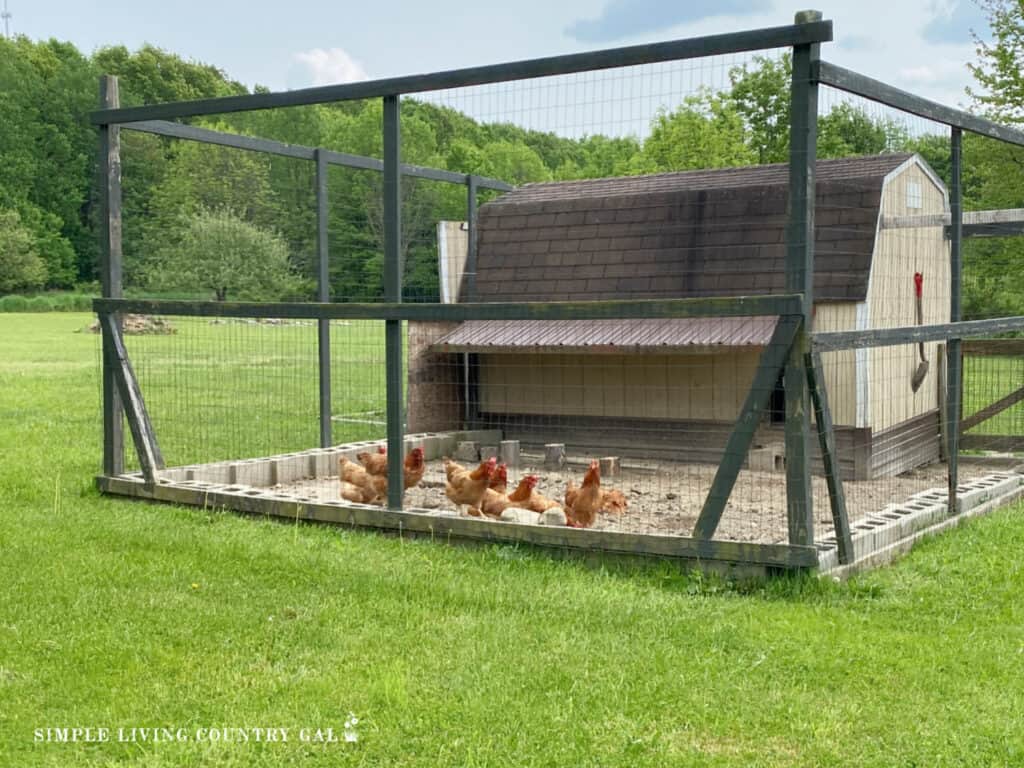
#7. Establish a Water Supply
Make sure you have a reliable water supply for your homestead. This should include both a rainwater collection system and an alternate source of water, such as a well or municipal water.
#8. Create a Waste Management System
Establish a waste management system to keep your homestead clean and efficient. This could include composting, vermicomposting, greywater systems, etc. Be sure you know the laws in your area for composting animal waste.
Composting Resources:
#9. Set Up an Energy System
Not everyone will want alternative energy resources but it is something good to consider fo your homestead. Determine what type of energy system you want for your homestead and research what all is involved in setting up and painting it. You can use solar, wind, hydropower, etc. Be sure to check with your area for any rules before investing.
#10. Make sure you have Contingency Plans
Take the time to develop a contingency plan in case something goes wrong on your homestead. This could include an emergency plan, a backup plan for supplies, having a generator for power outages, etc.
Being prepared for any issues will help you to feel more secure day to day.
Starting a homestead is an exciting journey even if it does seem overwhelming at times. Make a list of the tasks you need to complete in each area so you can better create a setup before you bring any animals home.
With the right preparation, planning, and research, you can get started on your homesteading journey with excitement and confidence.
More Homesteading Resources:
- How to Vacation When You Have a Farm
- Livestock Feed Storage Containers
- 15 Ways to Homestead Anywhere
